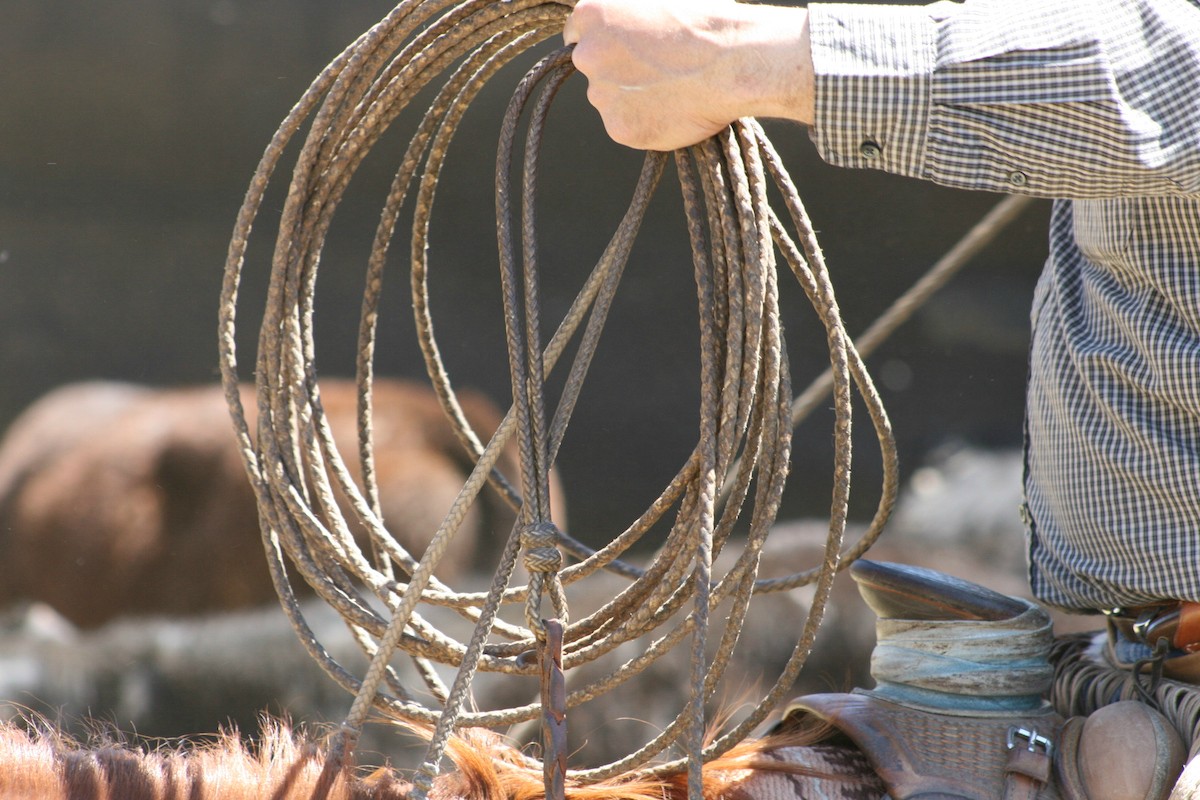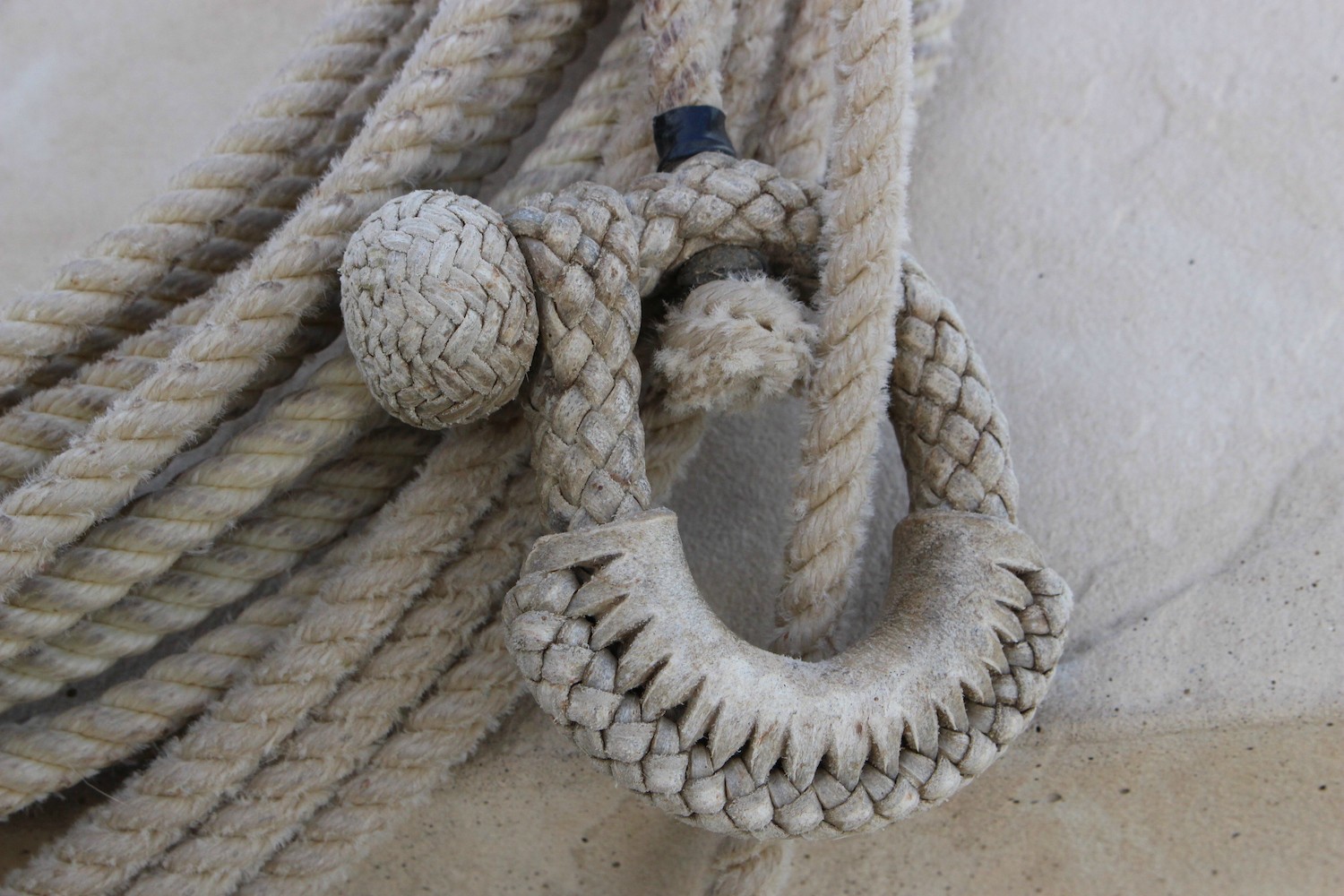- Joined
- Jun 13, 2007
- Messages
- 7,743
(& Such)
I've been a fan of playing with bullwhips since I was a kid and saw Indy rocking one. I've had a few, although never a good one.
Has anyone here ever made one? Ideally they are made from kangaroo, but I can see that getting pretty expensive. There are some instructions around the web that show how to make one from paracord which I have plenty of. I figure it will give me some idea of how much work is involved, while also learning some tying/braiding techniques.
I'd really like to know if any of you have attempted anything like this.
I've been a fan of playing with bullwhips since I was a kid and saw Indy rocking one. I've had a few, although never a good one.
Has anyone here ever made one? Ideally they are made from kangaroo, but I can see that getting pretty expensive. There are some instructions around the web that show how to make one from paracord which I have plenty of. I figure it will give me some idea of how much work is involved, while also learning some tying/braiding techniques.
I'd really like to know if any of you have attempted anything like this.




